This is the production version of the new Citroën C4 Cactus, arguably the most radical VW Golf-class model in decades.
Aside from its highly unusual looks, the Cactus – which arrives in the UK in October after its Geneva motor show debut this week – aims to revolutionise ease of ownership and be markedly cheaper to run than its mainstream rivals. Prices start at the equivalent of £11,500 in Europe, but insiders suggest it will cost from £13,000 in the UK, rising to £18,000 for top-spec models.
However, Citroën's biggest engineering achievement with the Cactus is in weight reduction. In base form the car weighs in at just 965kg – around 60kg lighter than a base-model Ford Fiesta.
The Cactus’s downsized engines are also part of the weight-saving programme, the 965kg applying to the base 81bhp VTi 1.0, three-cylinder, turbo petrol motor. Other engines include an e-THP 108bhp, a 91bhp eHDI and a 99 bhp BlueHDI, which scores 82g/km of CO2.
None are high-output, but the Cactus’s power-to-weight ratio will yield decent performance from all versions, say company sources. A manual gearbox is standard but PSA’s automated manual transmission, which now claims to be much smoother-shifting, is optionally available.
The exterior design is intended to combine fashionable crossover looks with more avantgarde product design influences; protection from urban scrapes comes thanks to the bold ‘Air Bump’ door protectors.
The interior is just as radical. Unlike the original C-Cactus concept, the C4 Cactus has a dashboard, but it’s been pared back and simplified to produce an elegantly functional effect. There are only 12 buttons on the dashboard. There’s no rev counter, no centre console, no gearlever if it’s an automatic, no asymmetric splitting of the rear seats and no wind-up windows for the rear doors.
One example of Citroën's lateral thinking is the way the facia’s bulk has been reduced by housing the passenger airbag in the ceiling. This, in turn, allows the facia to sit lower and releases space for a sizeable storage box in the dash-top.
Citroën says it has also trimmed overall running costs, which are said to be 15 per cent less than those of competing C-segment models. The Cactus is likely to be offered with a mobile phone-style contract, with the user paying a monthly rental plus servicing and insurance to allow accurate budgeting.
The Cactus is based on PSA’s Platform 1, which is also used by the Citroën C3 and Peugeot 208, rather than the older platform used in today’s C4 and DS4 models. Even though the Cactus is smaller than most of its rivals (it’s about 10cm shorter than a Golf, and only fractionally larger than Fiat’s 500L), it weighs 200kg less than the Ford Focus EcoBoost triple, and 135kg less than the three-cylinder, 1.2-litre, VW Golf.

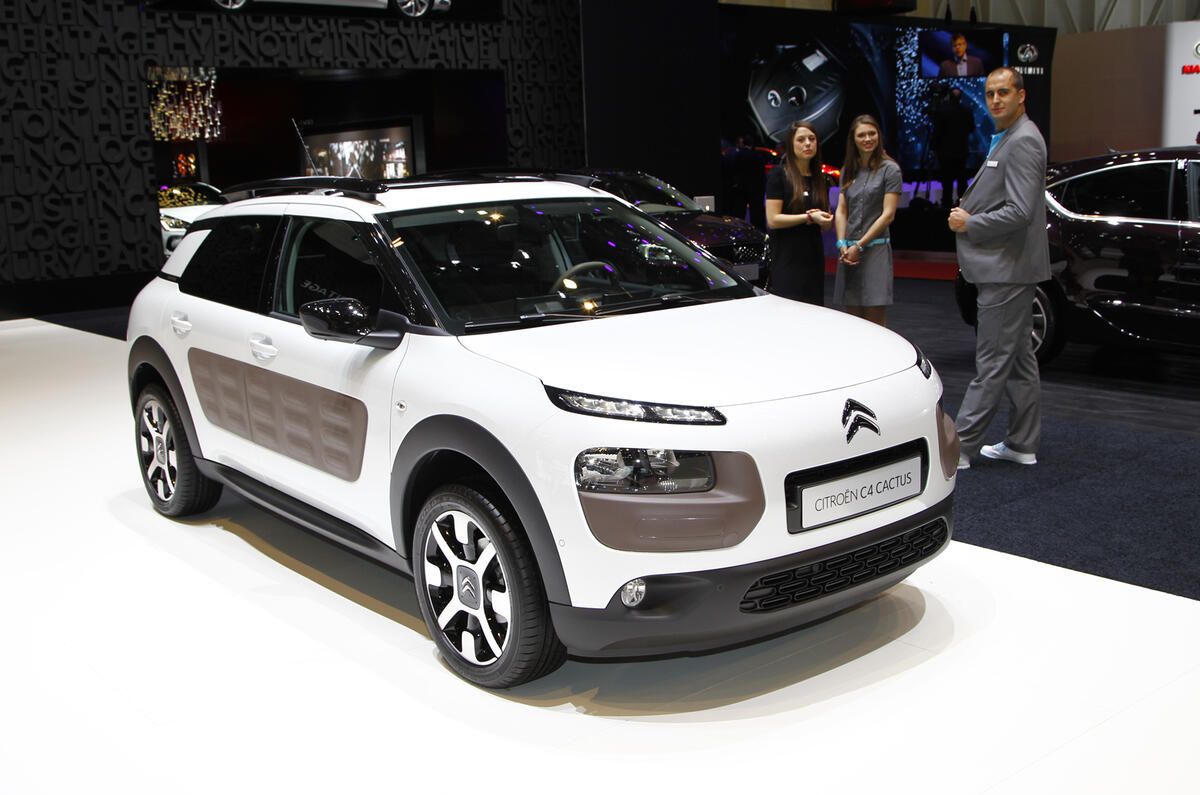
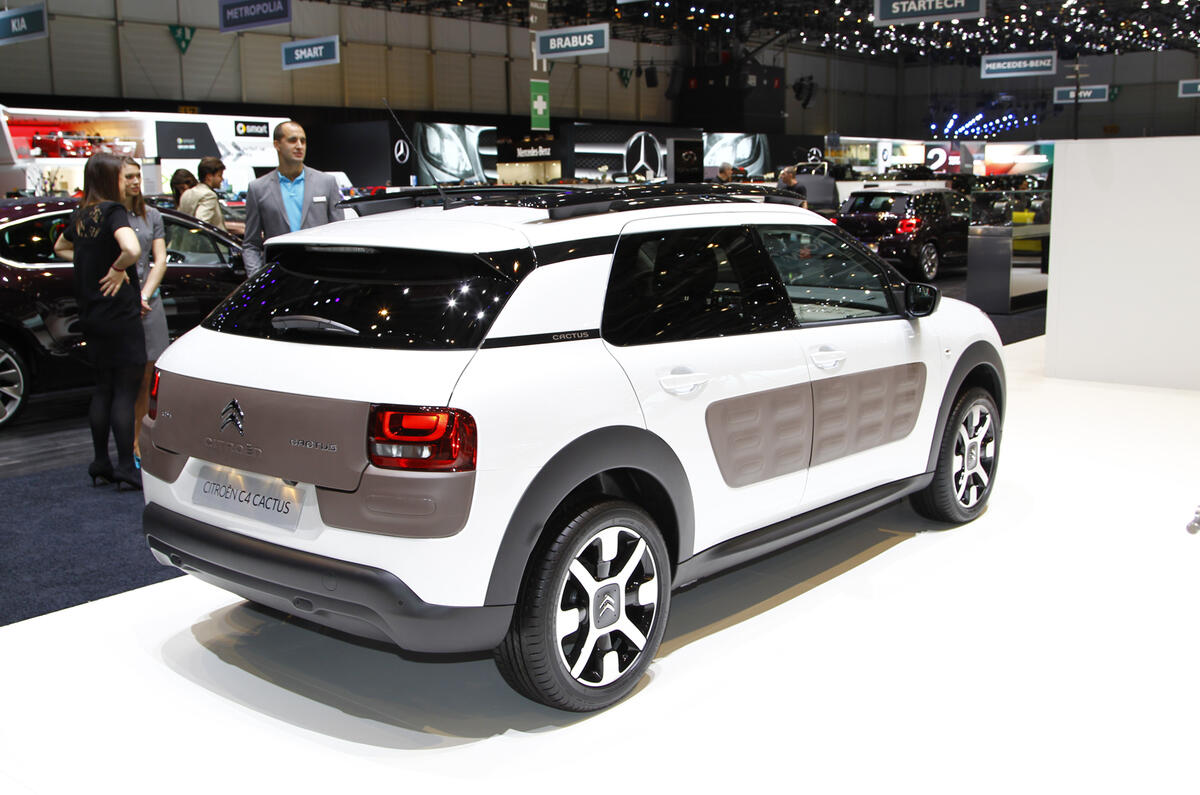
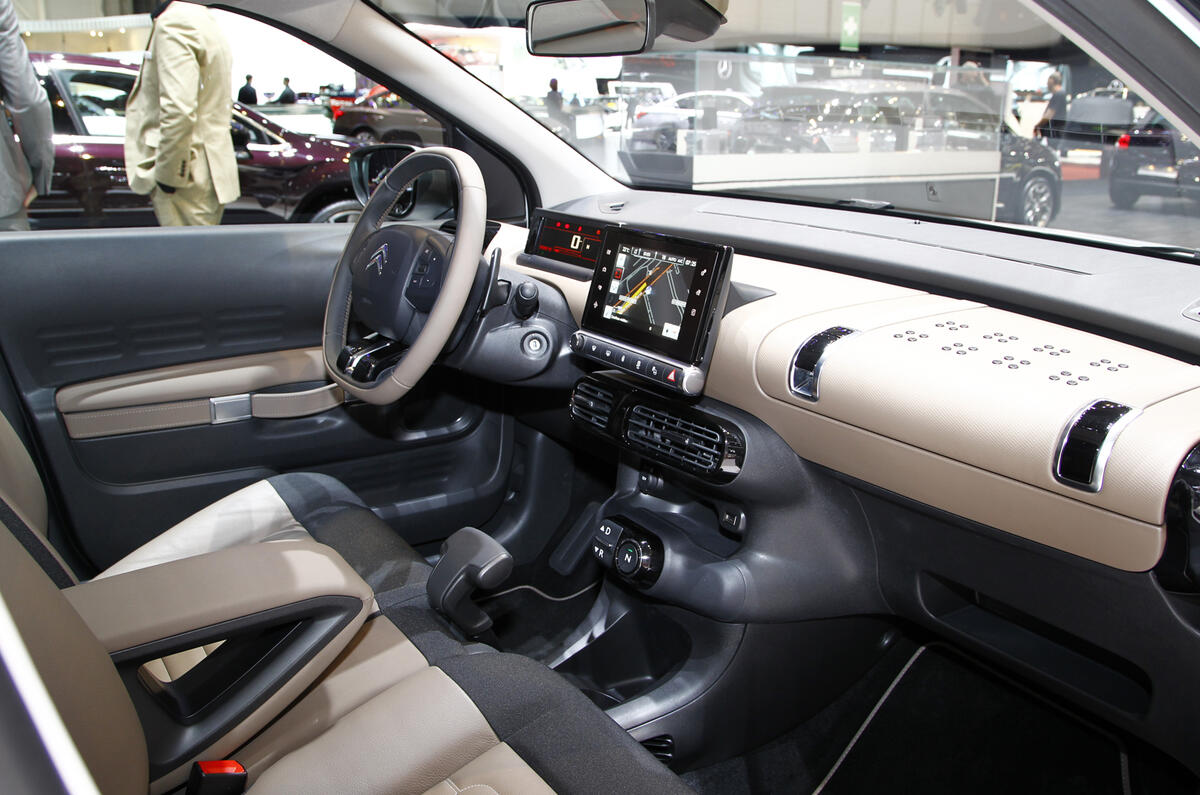
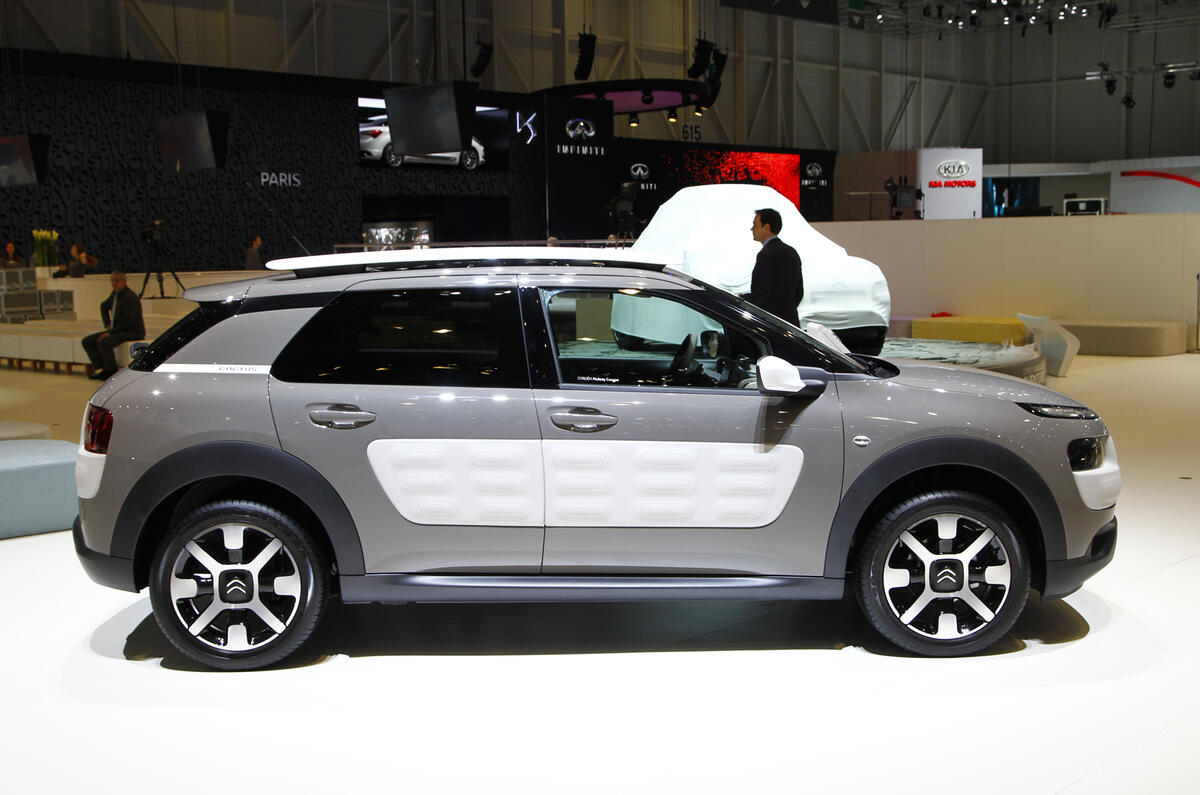
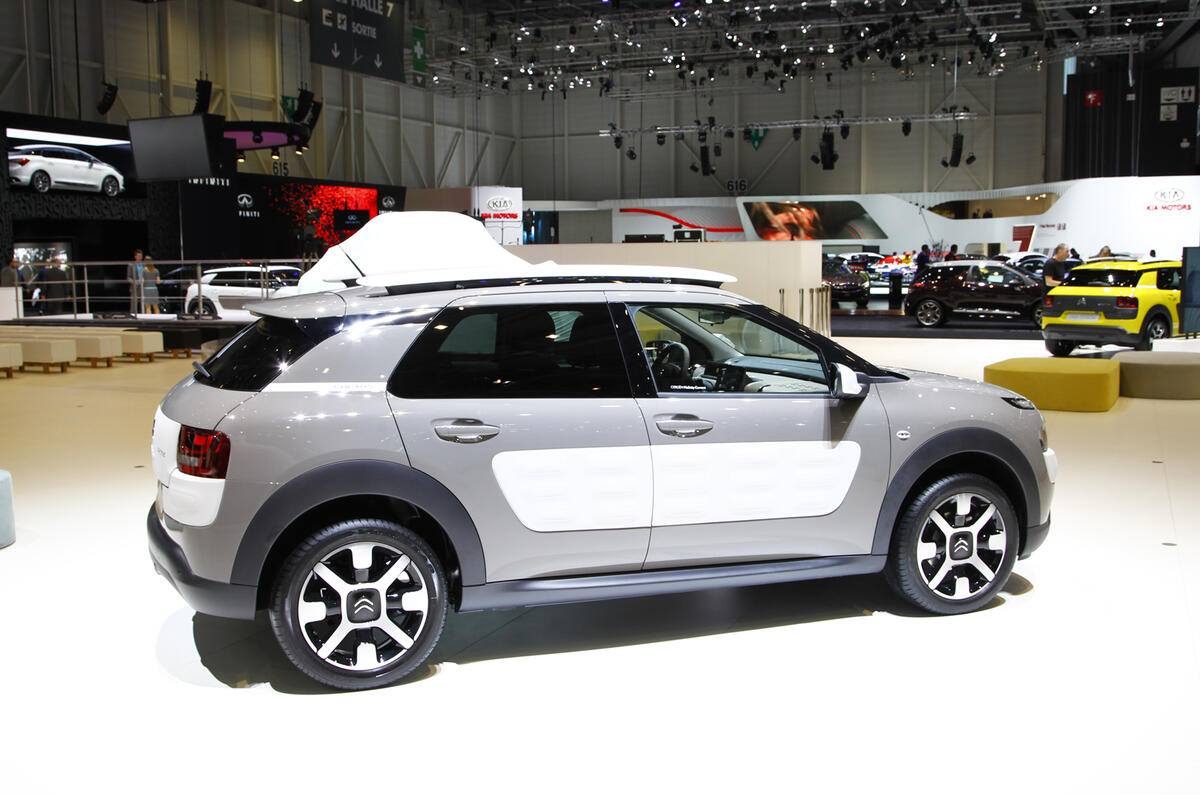
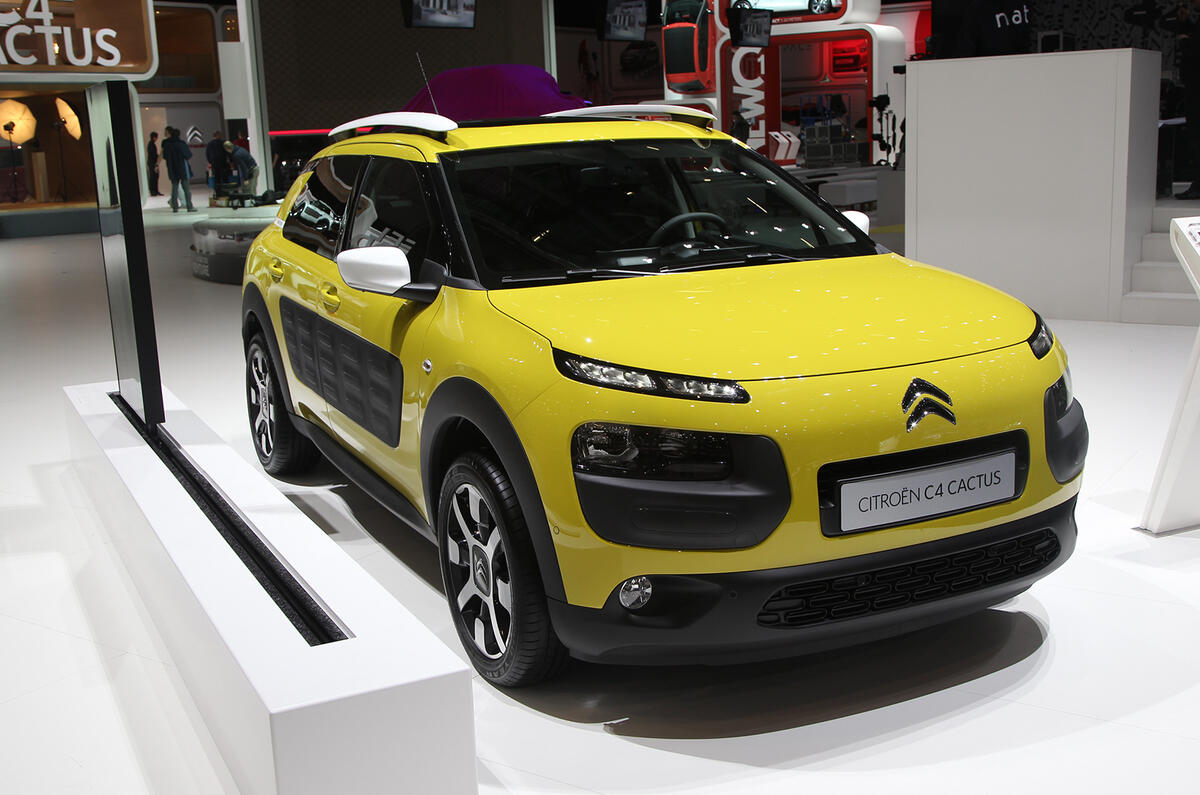
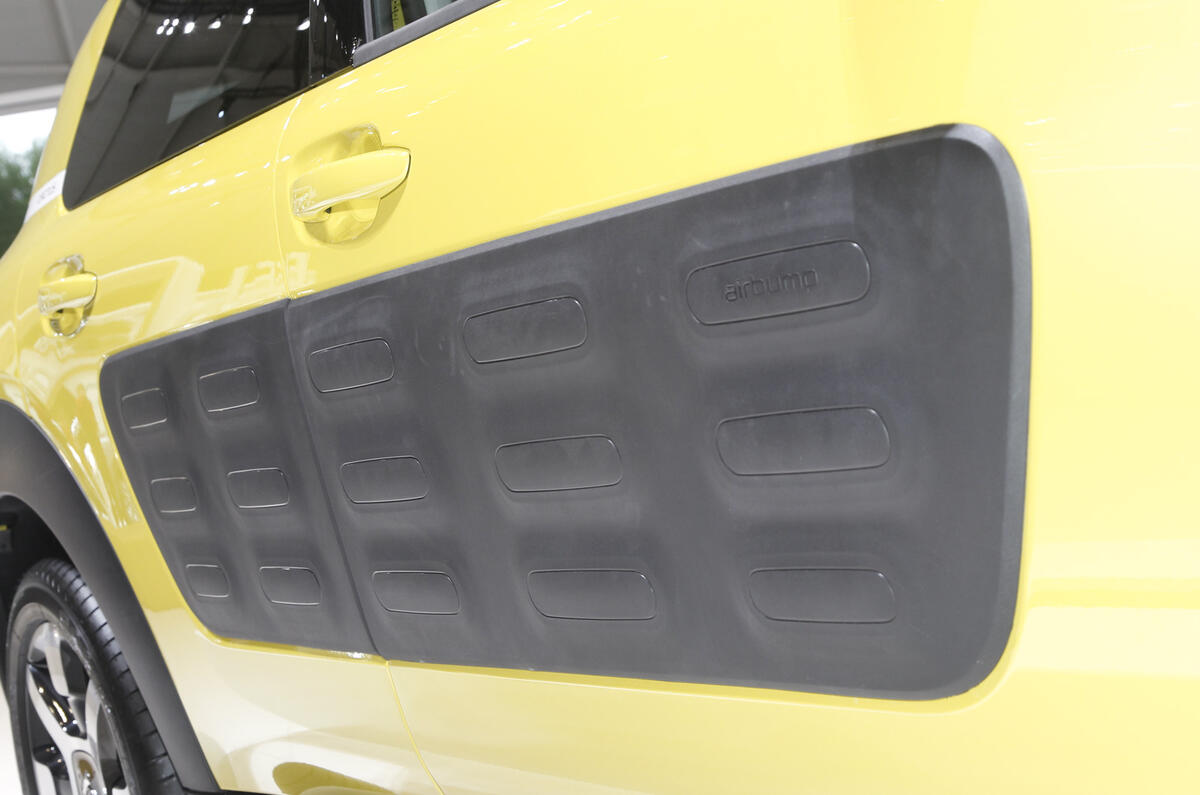
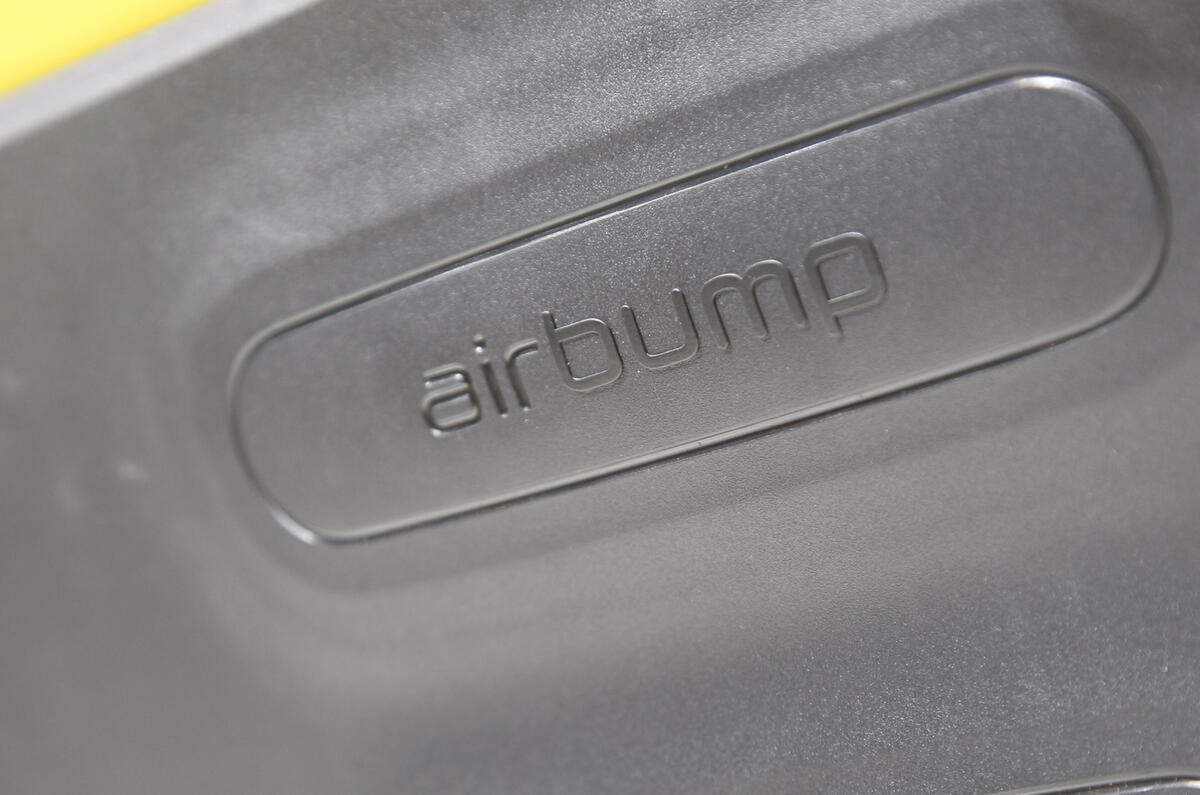
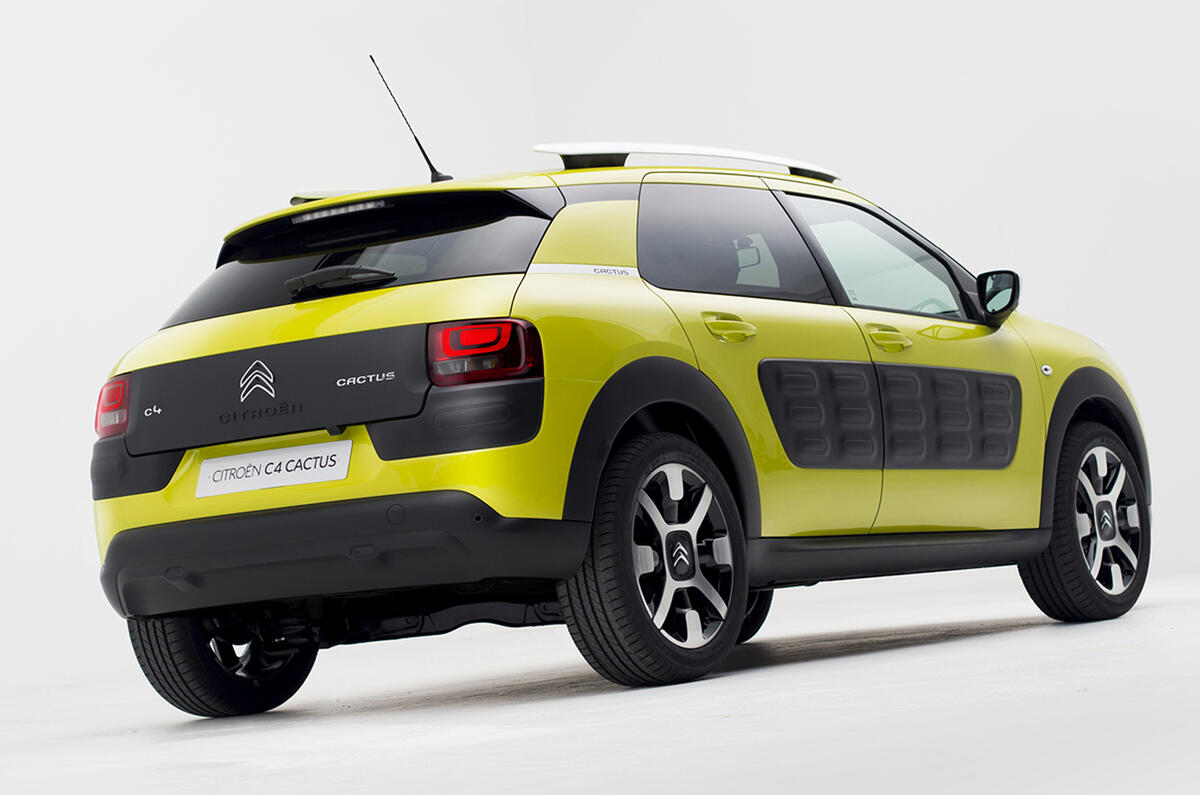

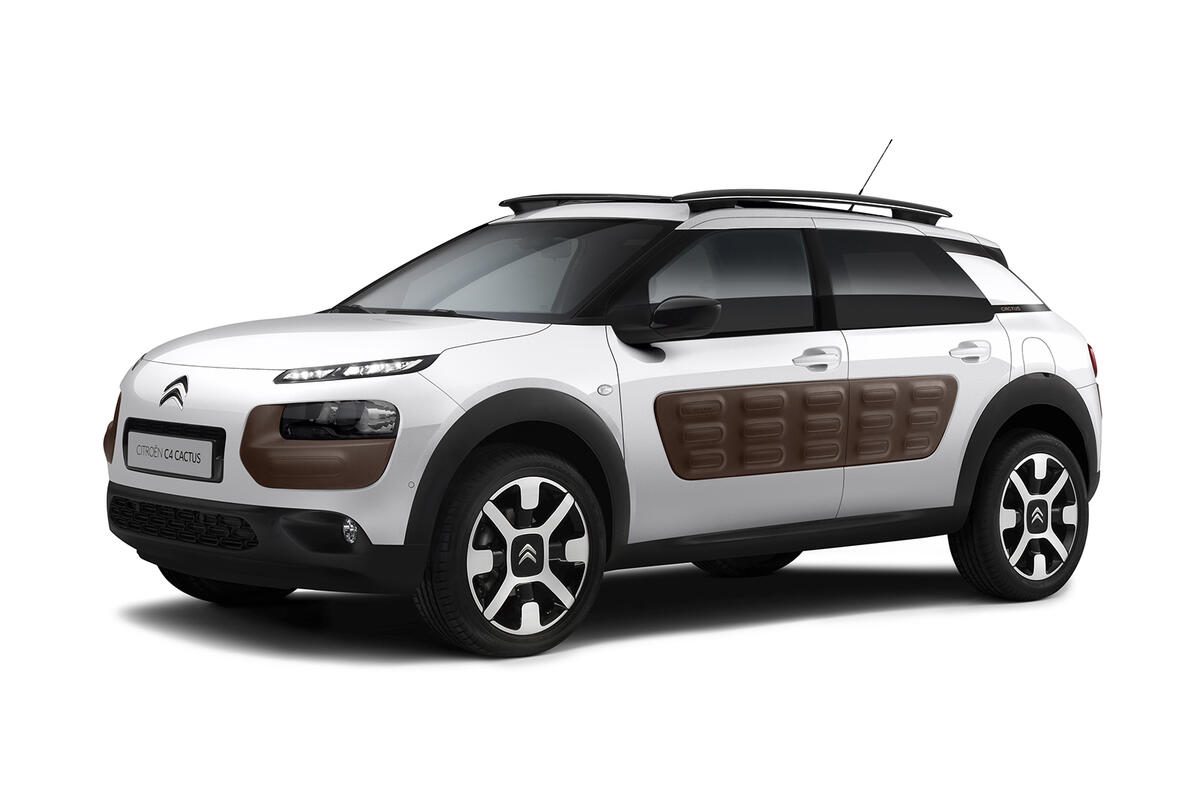
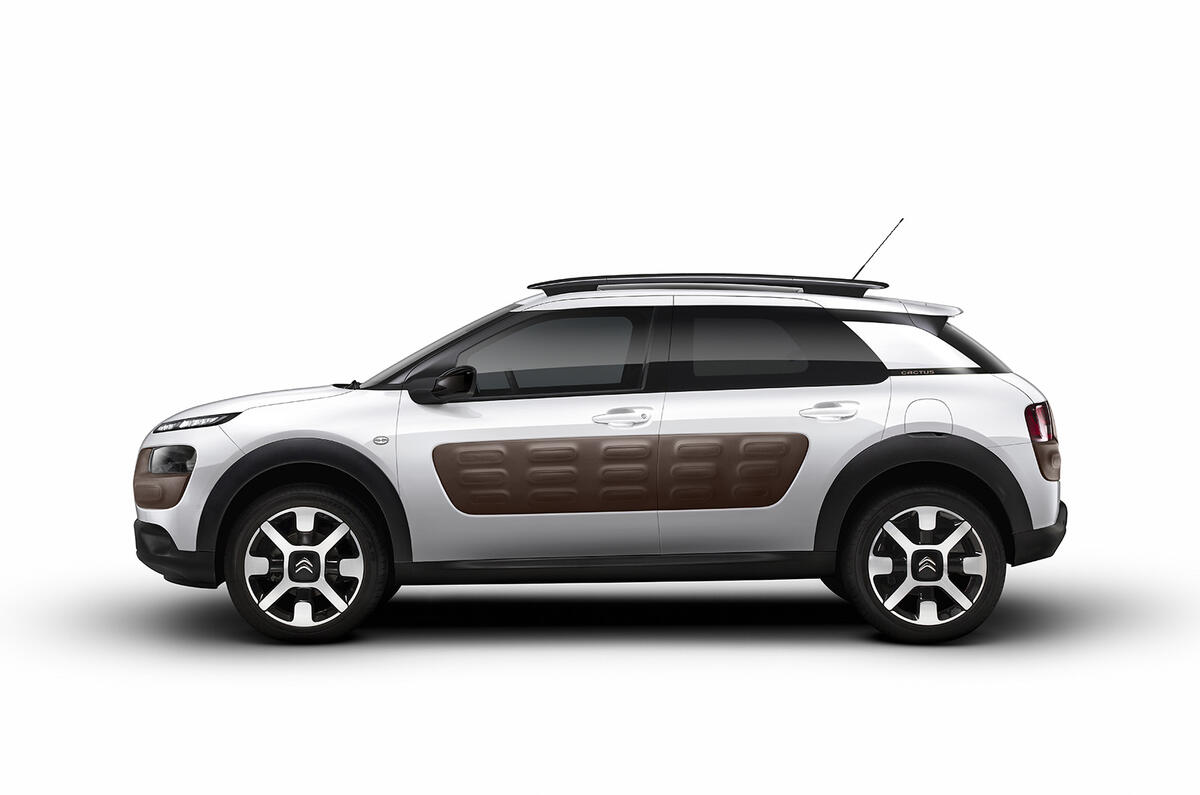
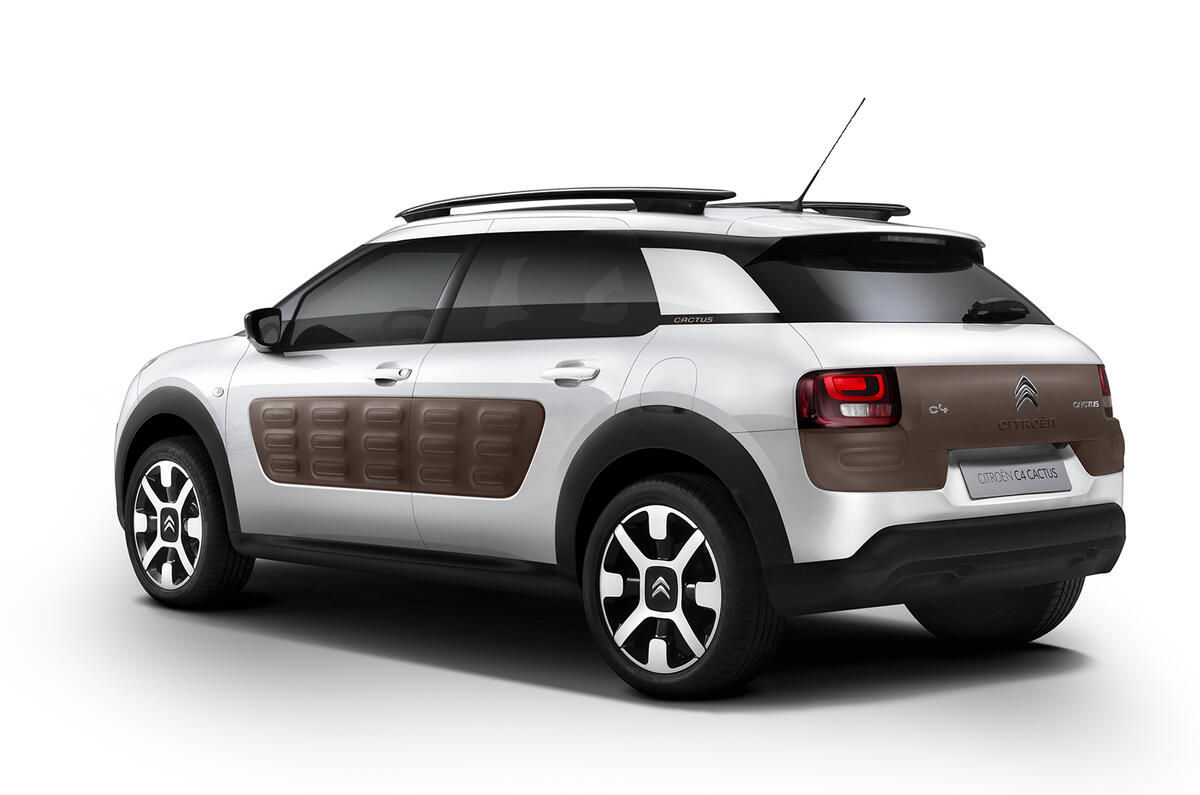
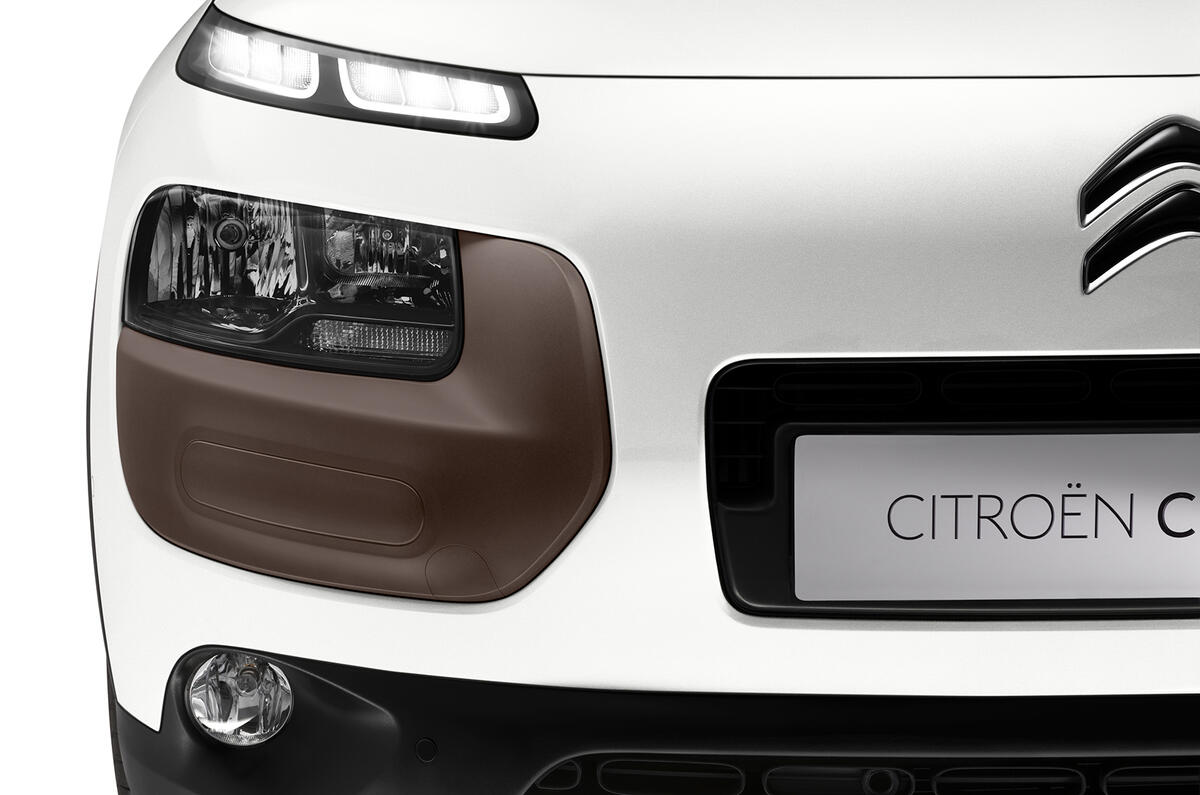
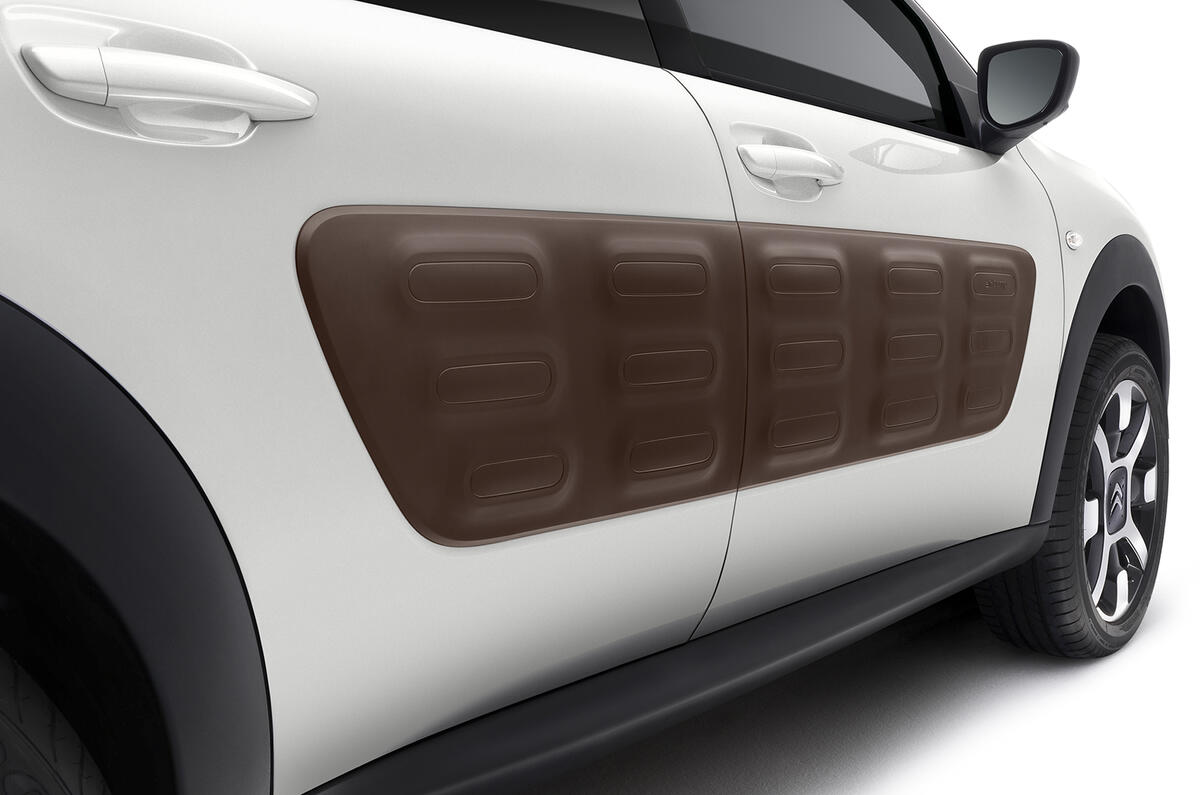
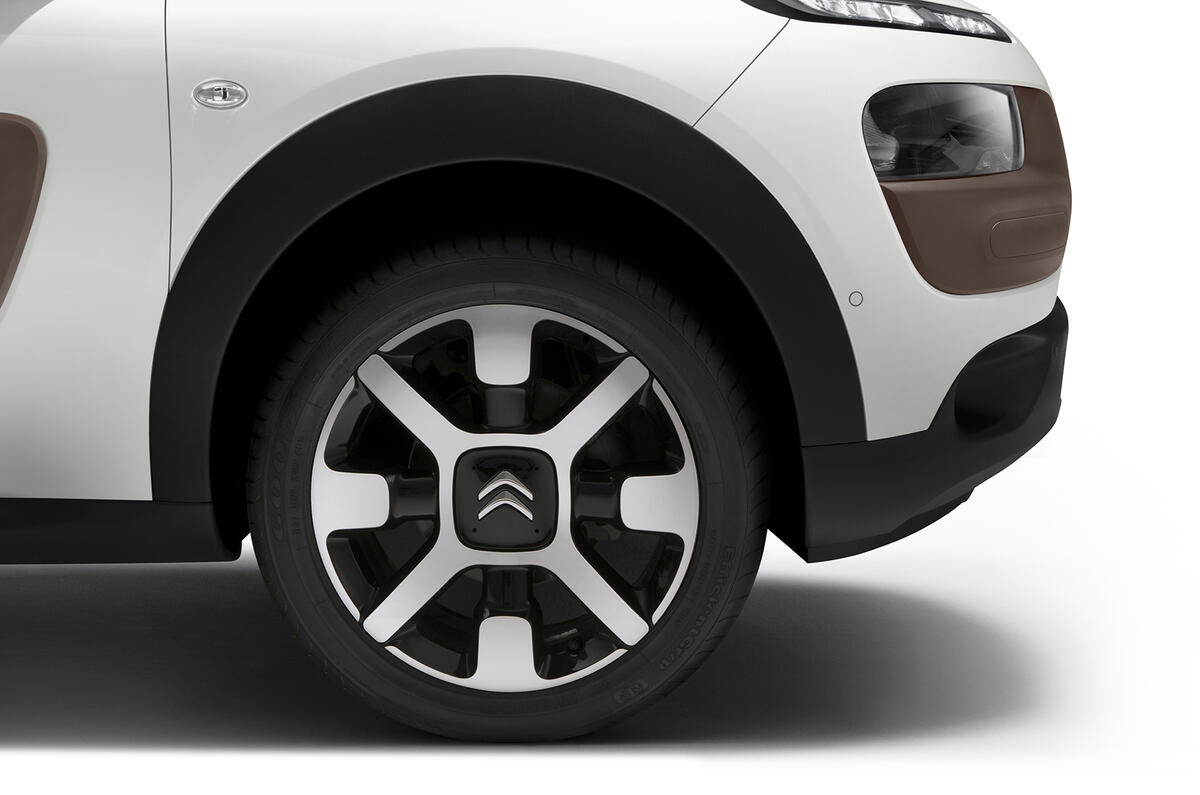
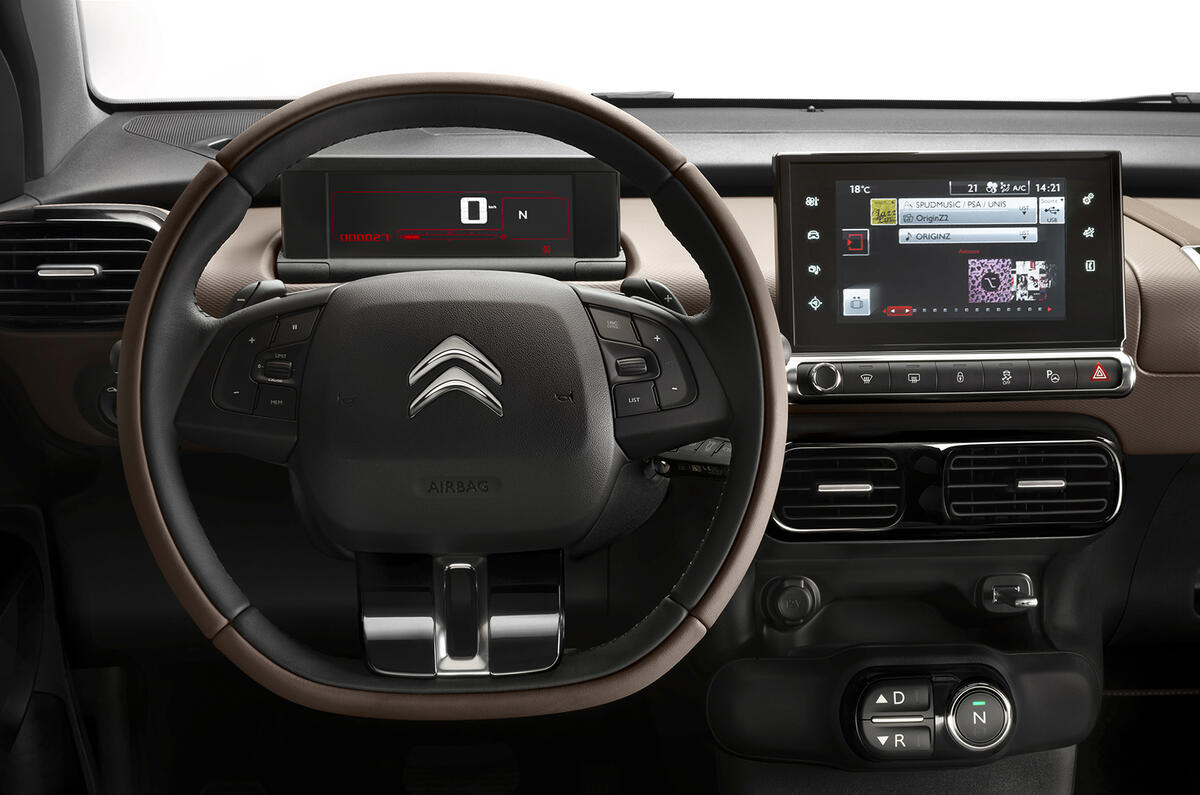
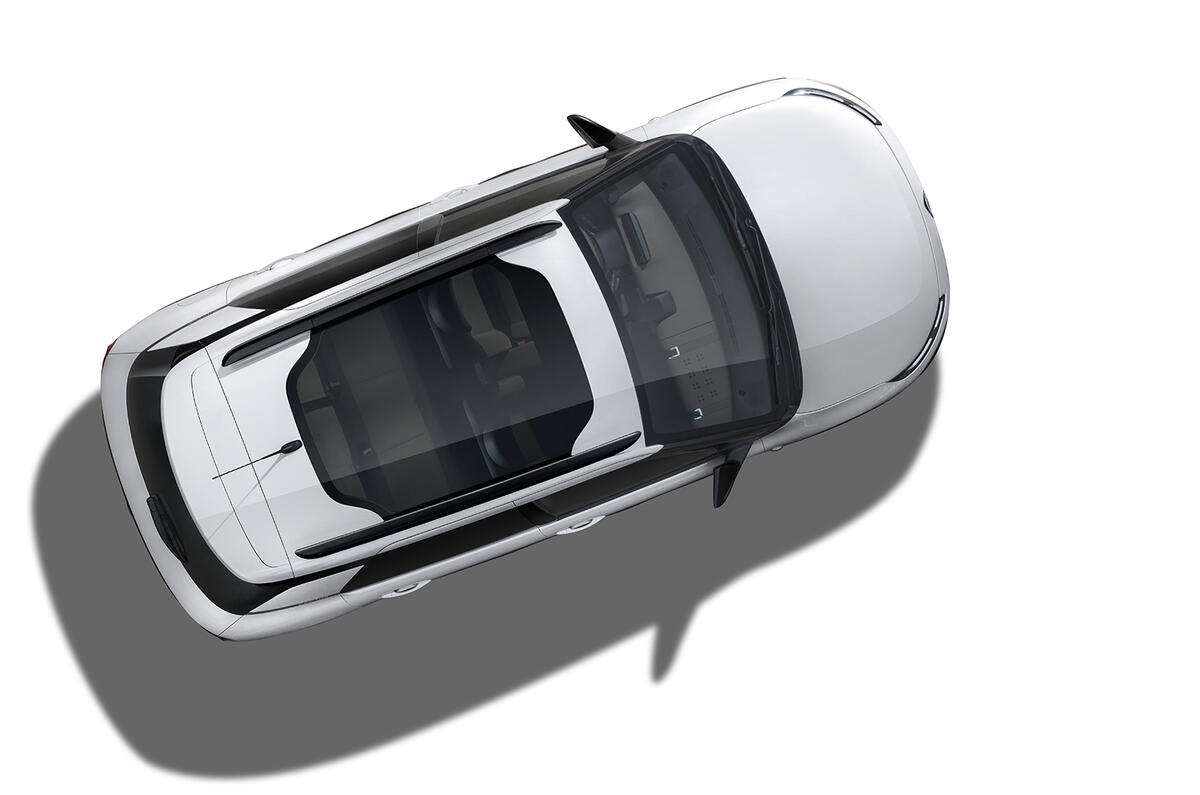
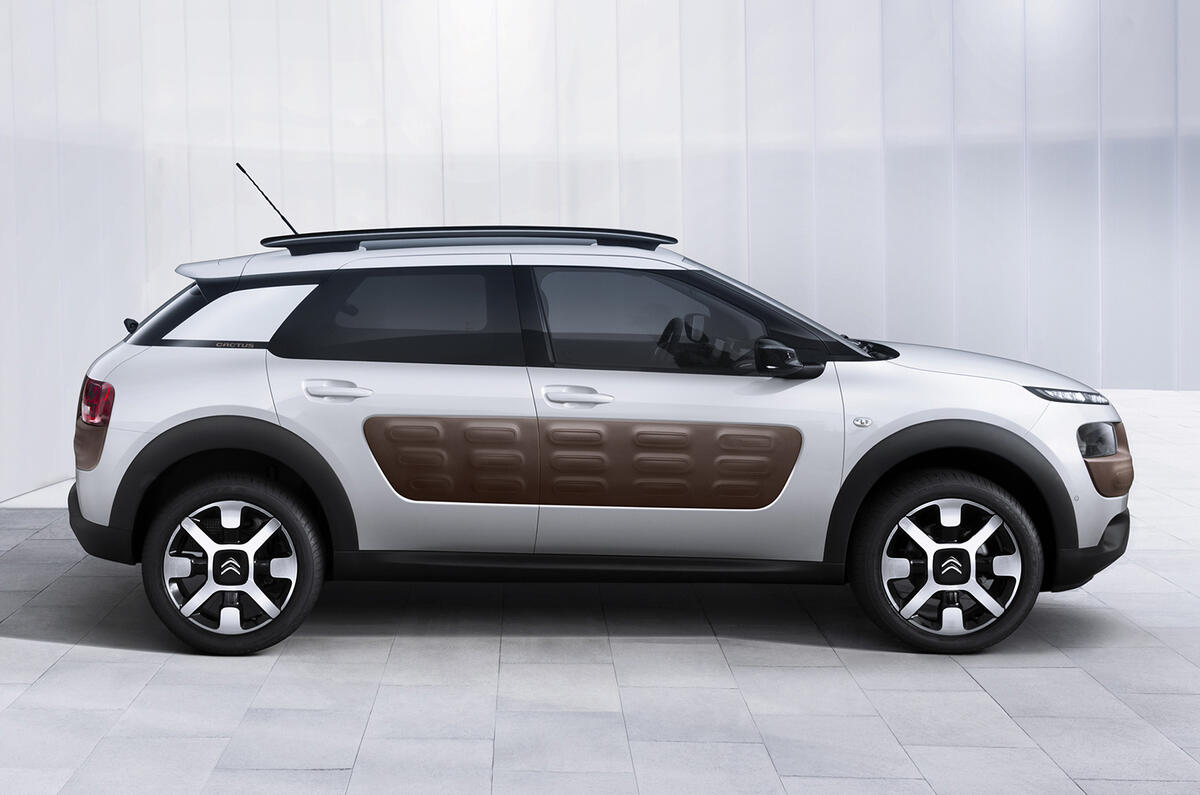
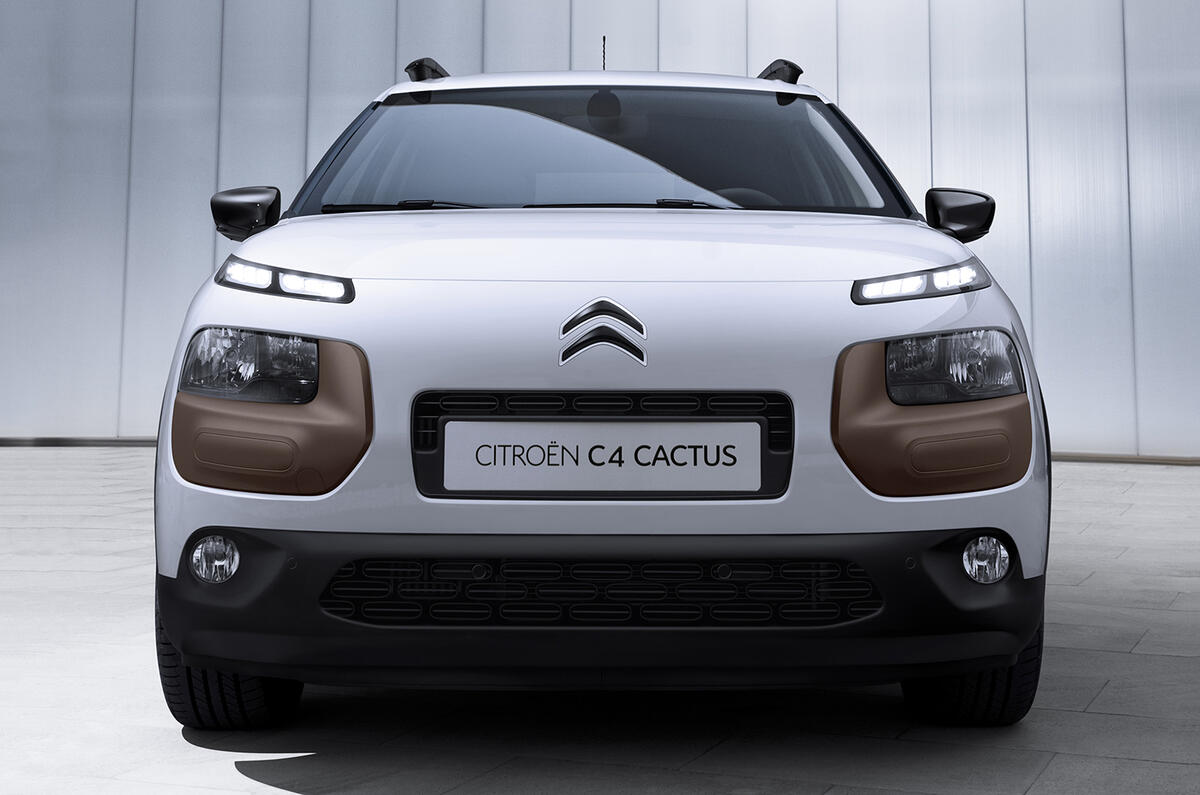

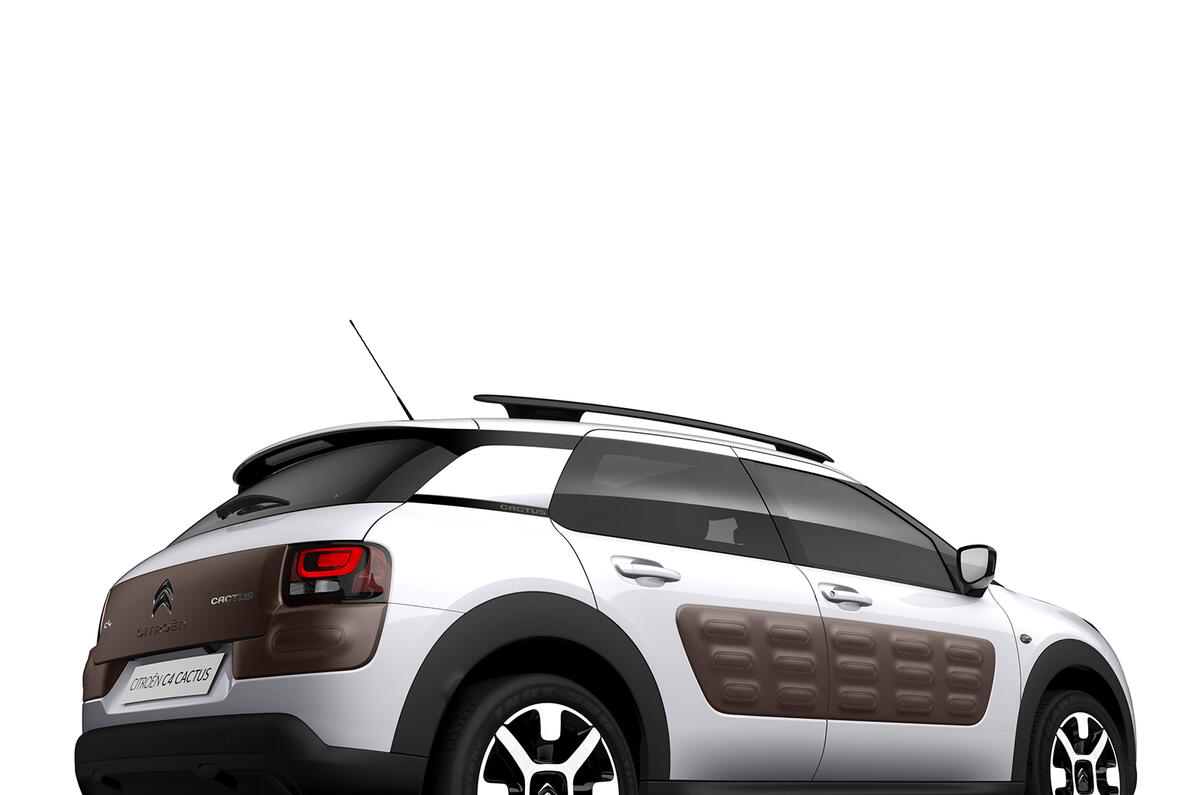

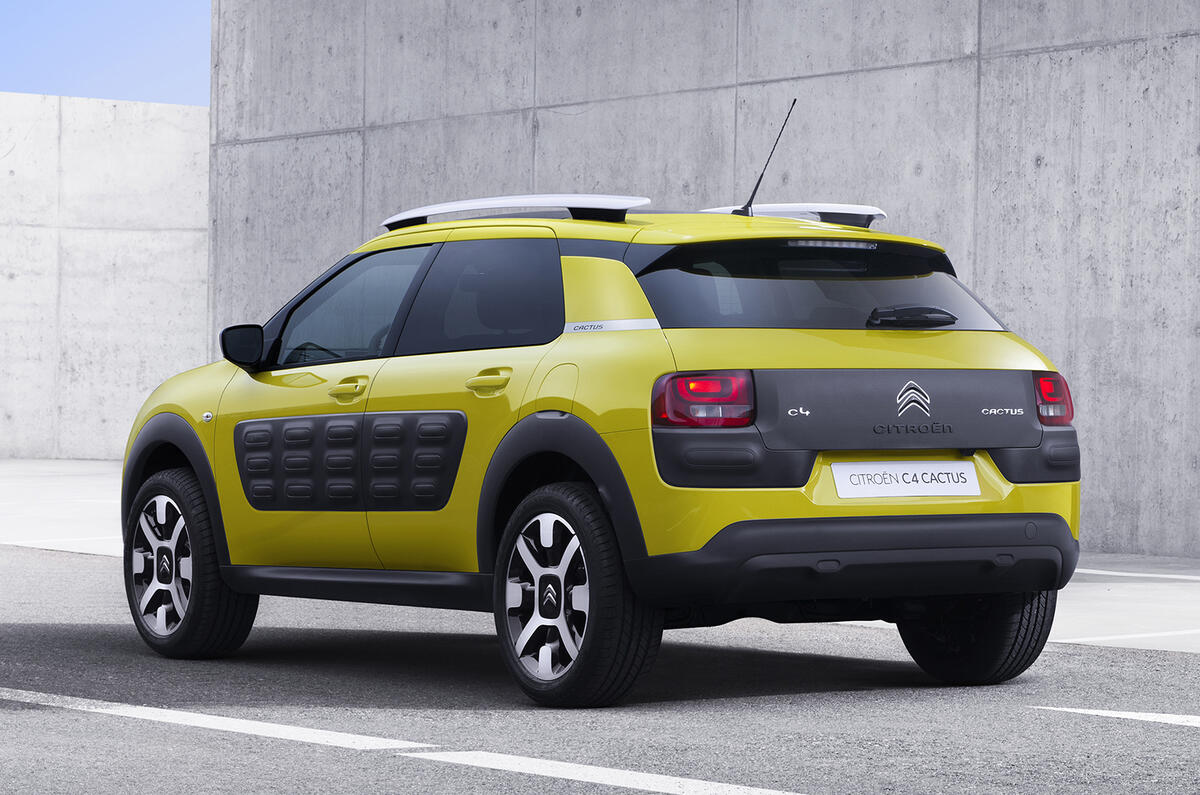
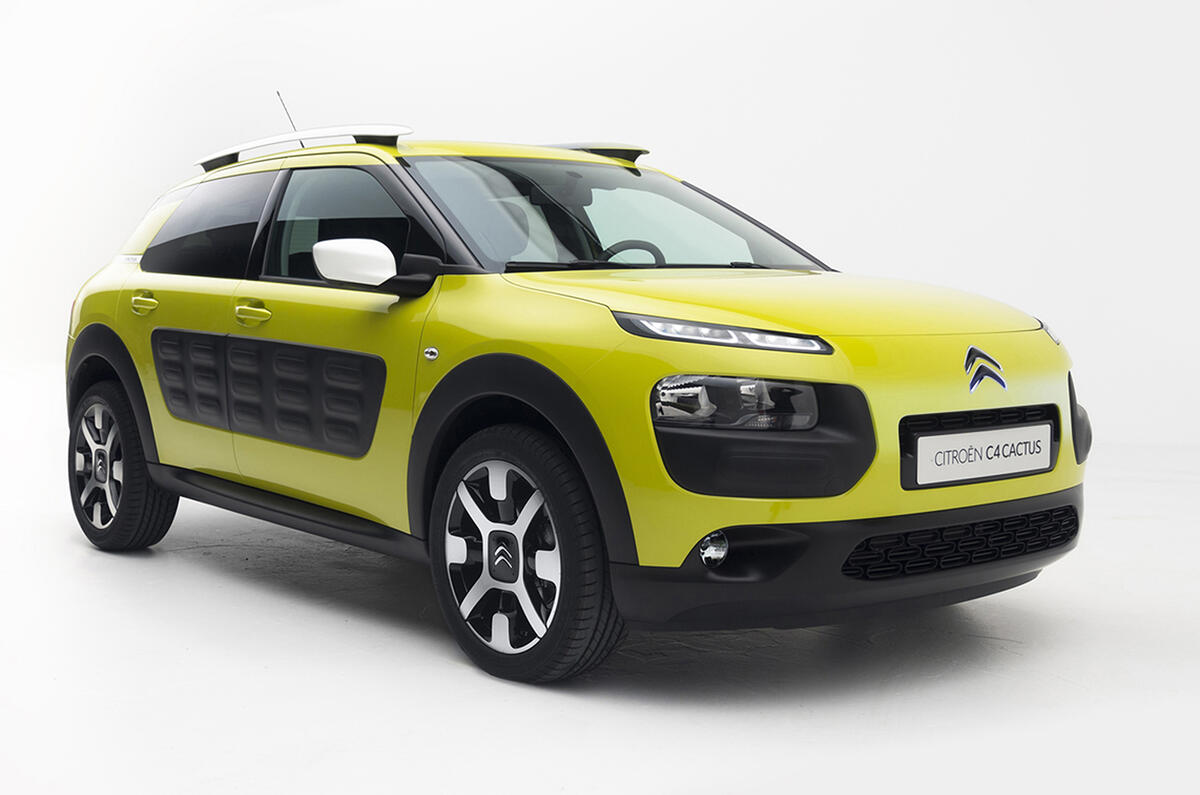
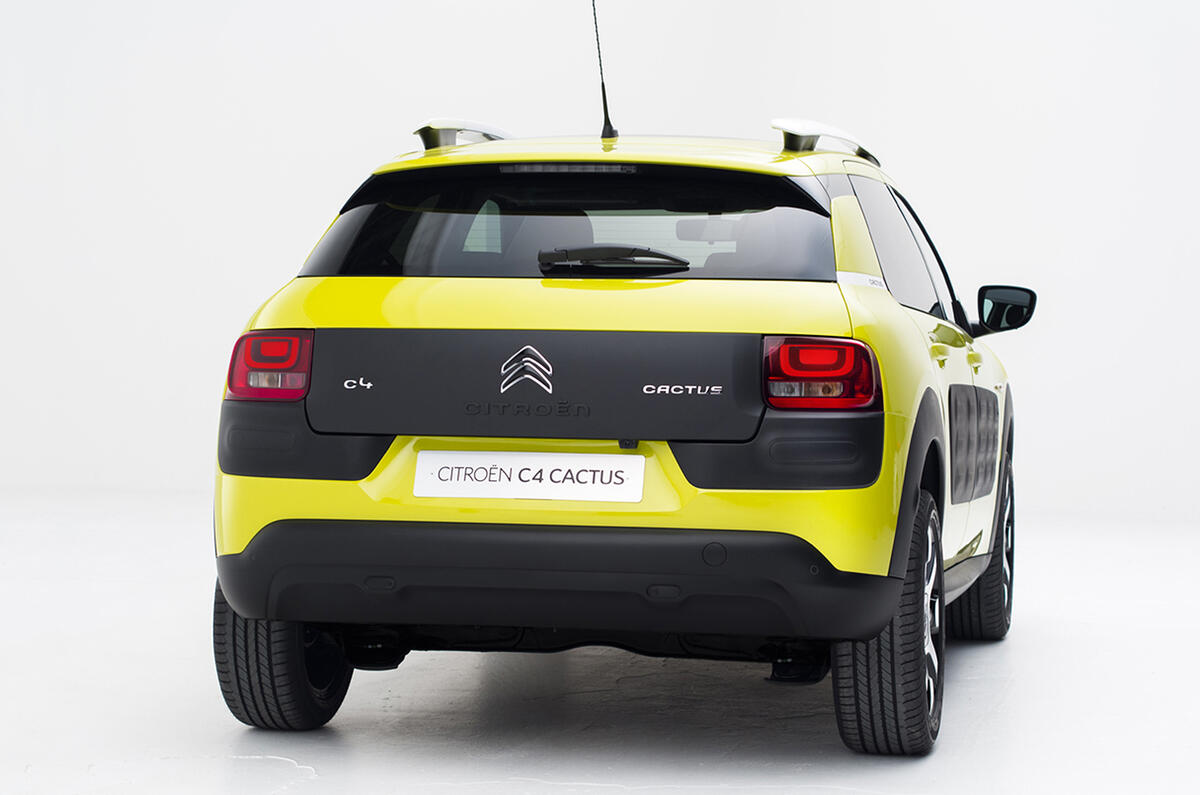
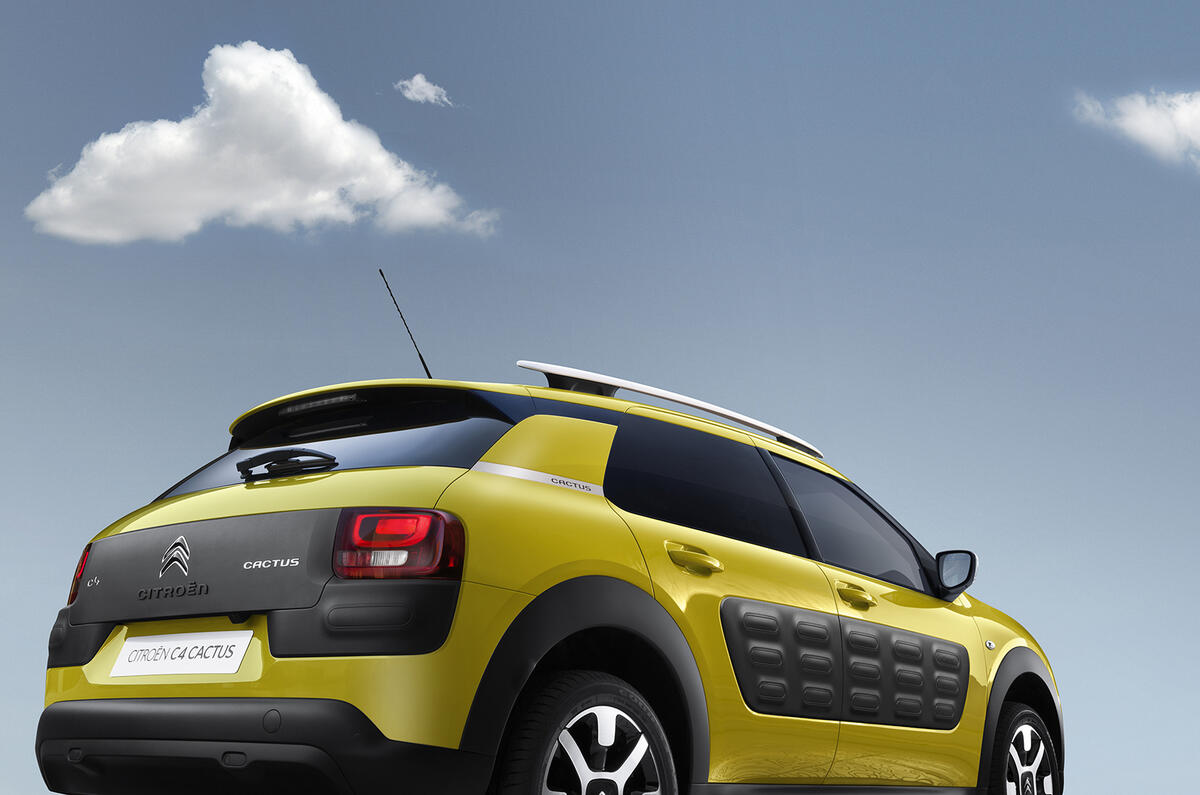
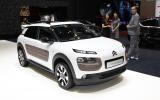
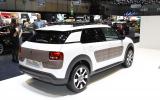
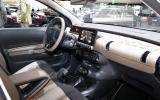
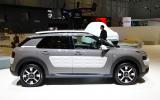
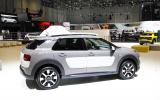
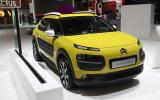
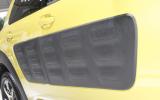
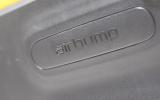
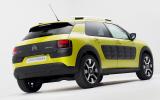
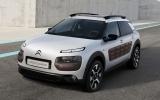
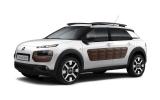
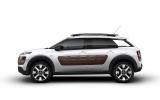
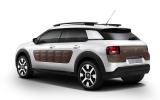
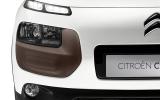
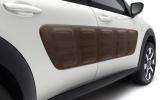
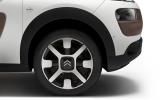
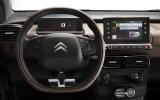
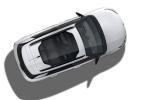
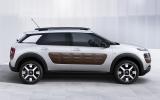
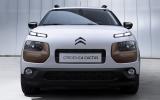
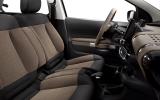
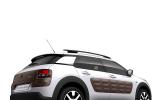
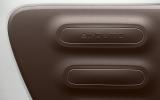
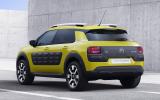
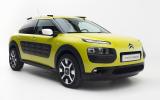
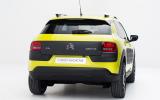
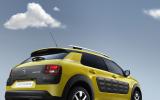



Join the debate
Add your comment
This is a true style leader
I particularly like the white side panels, which show that we're almost back to the two-tone shades of the 1950s-60s.
Is there a base spec one?
Seeing is believing